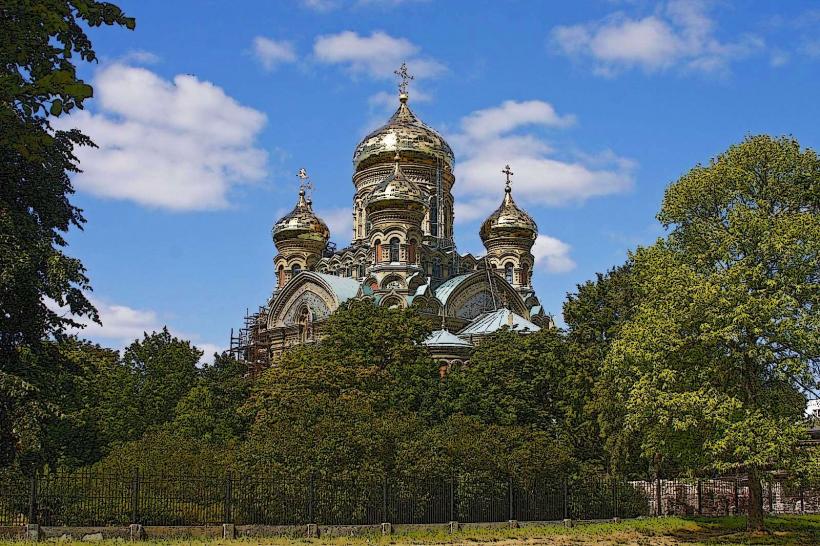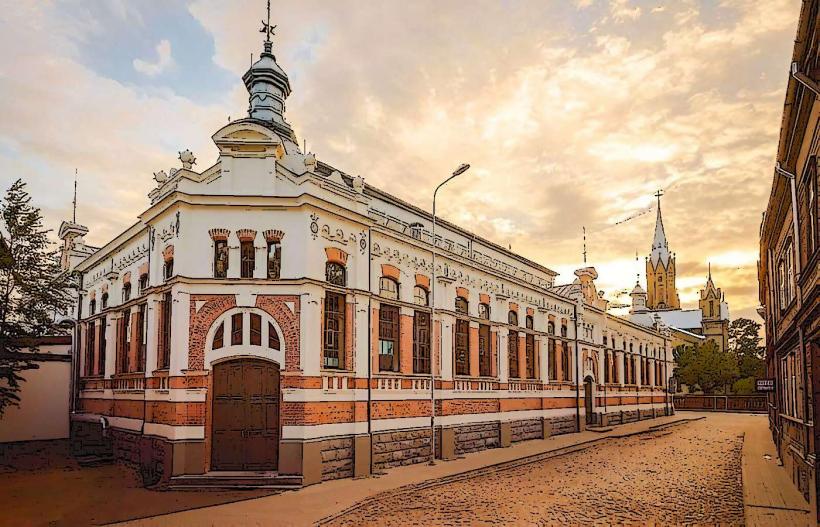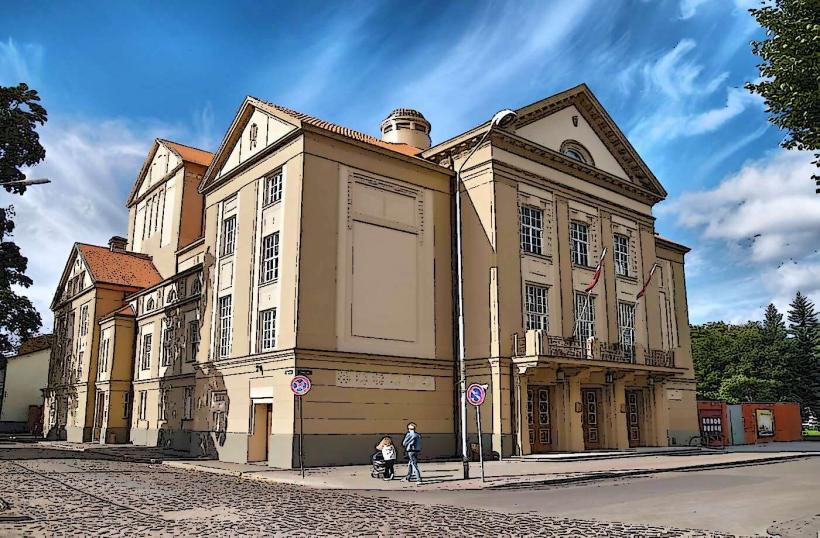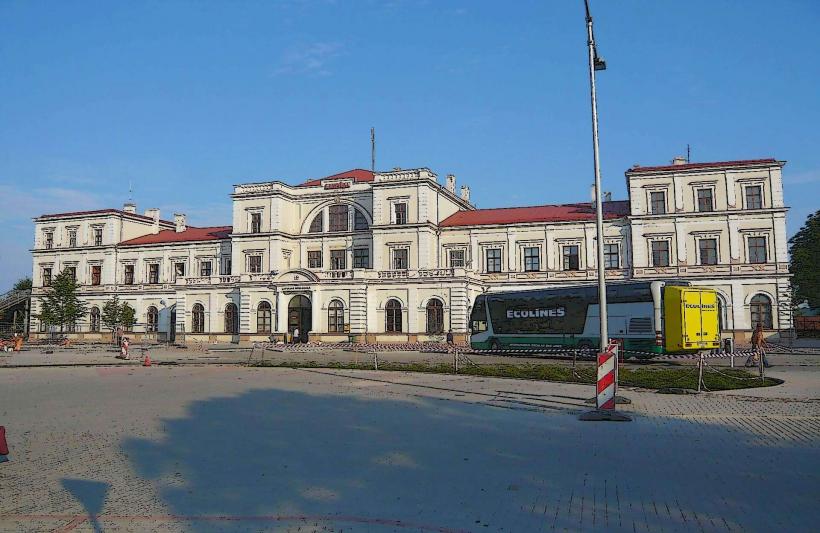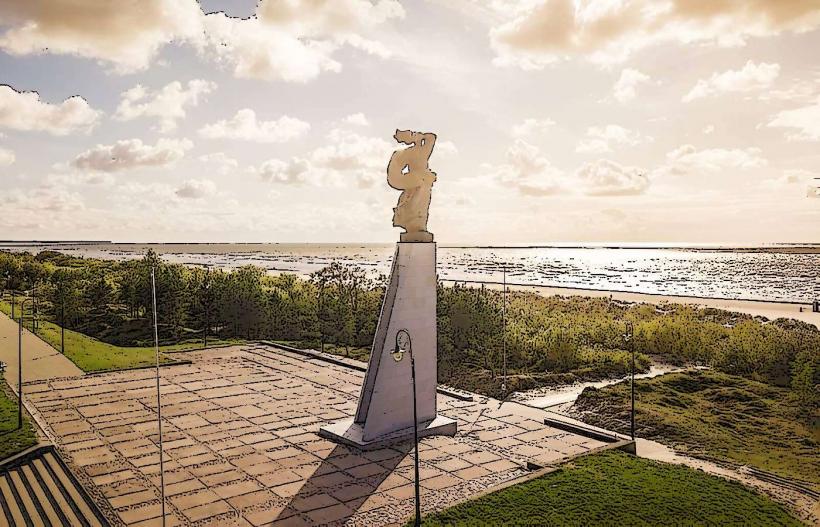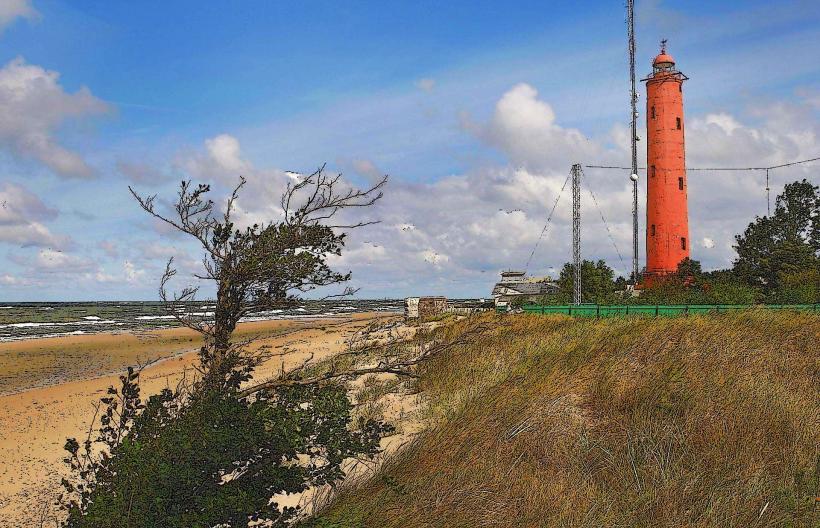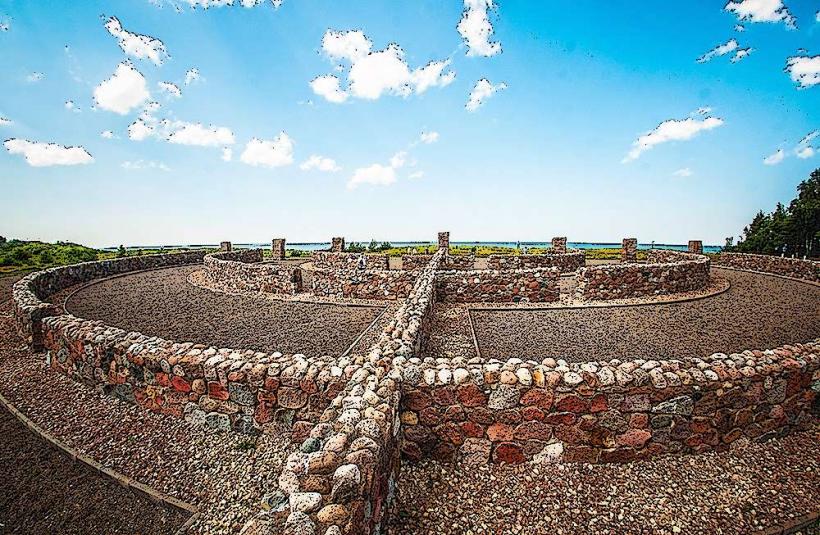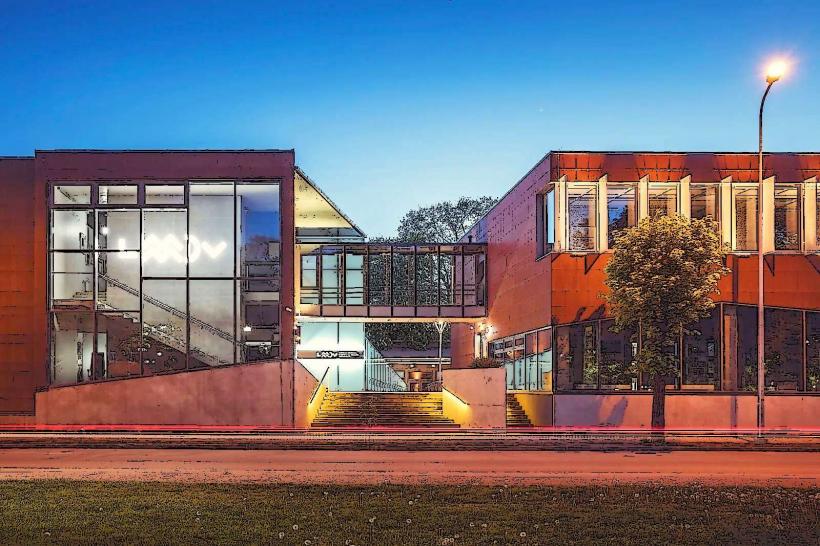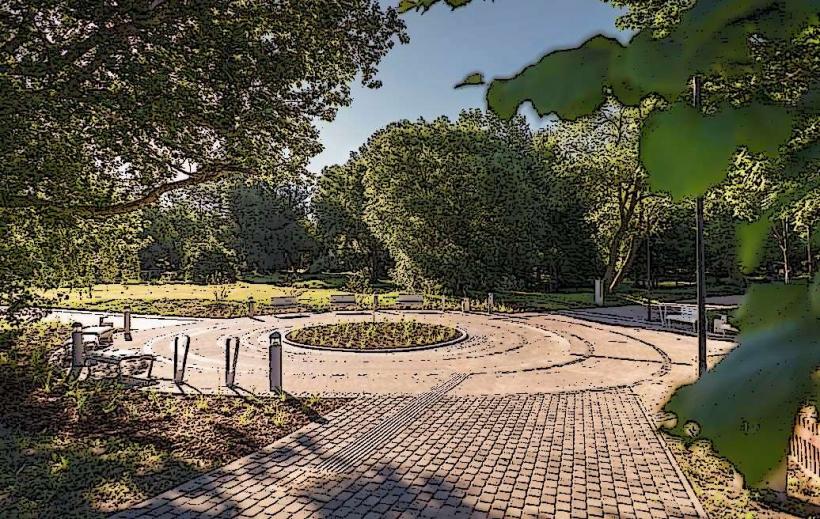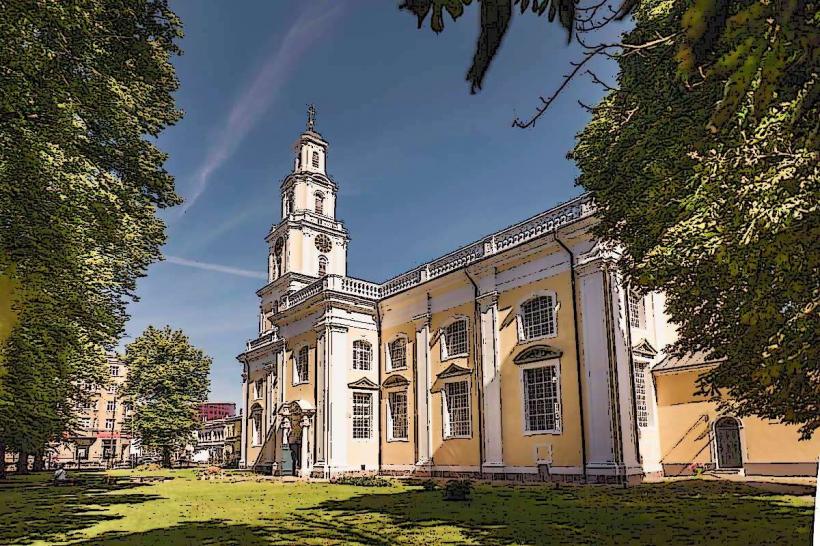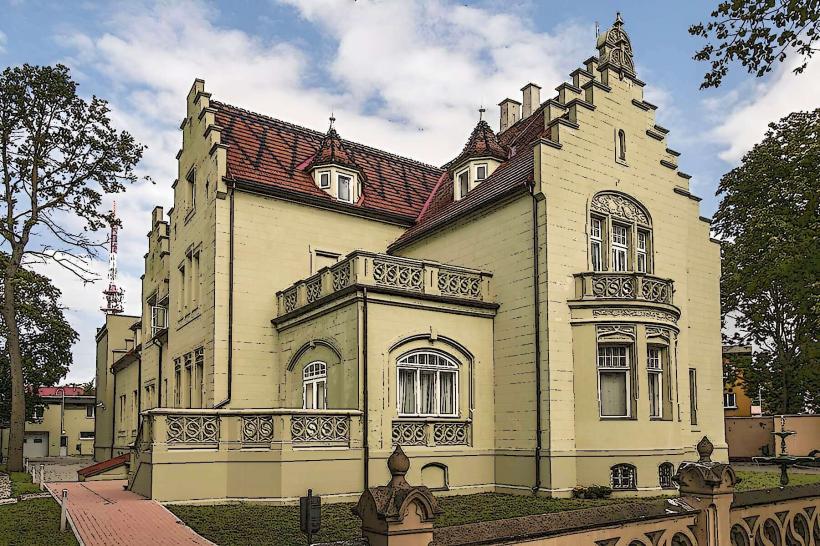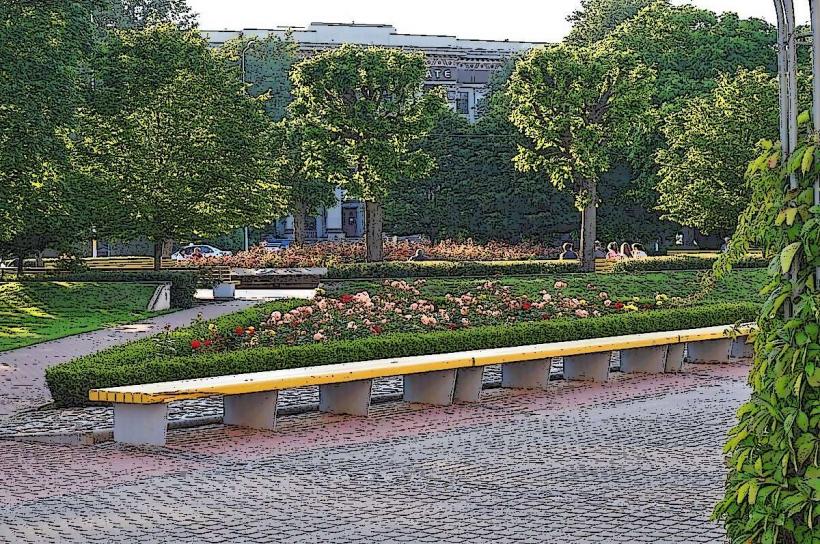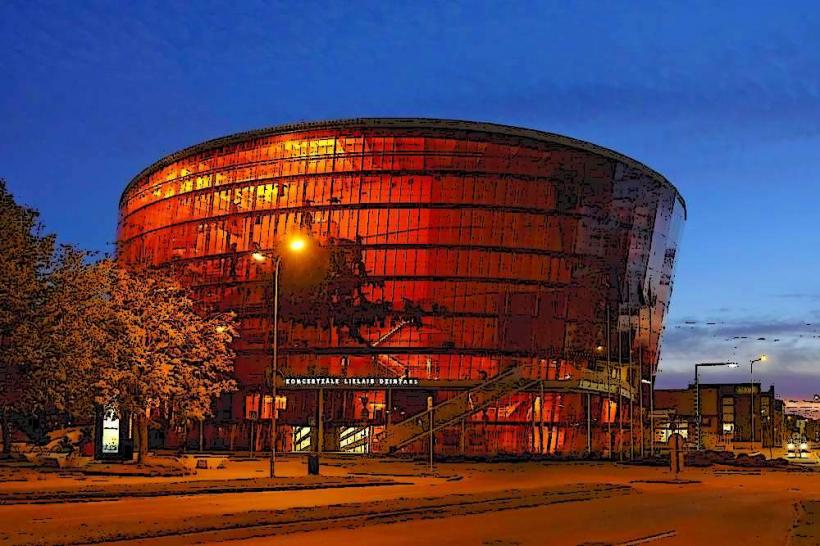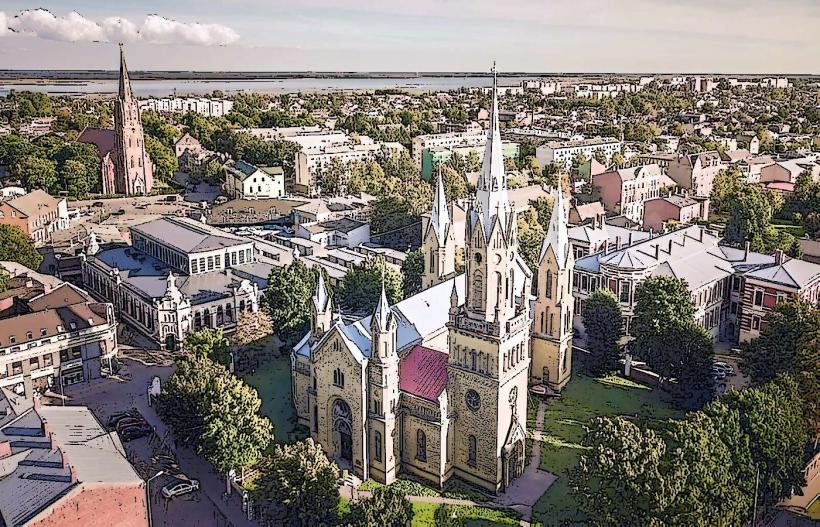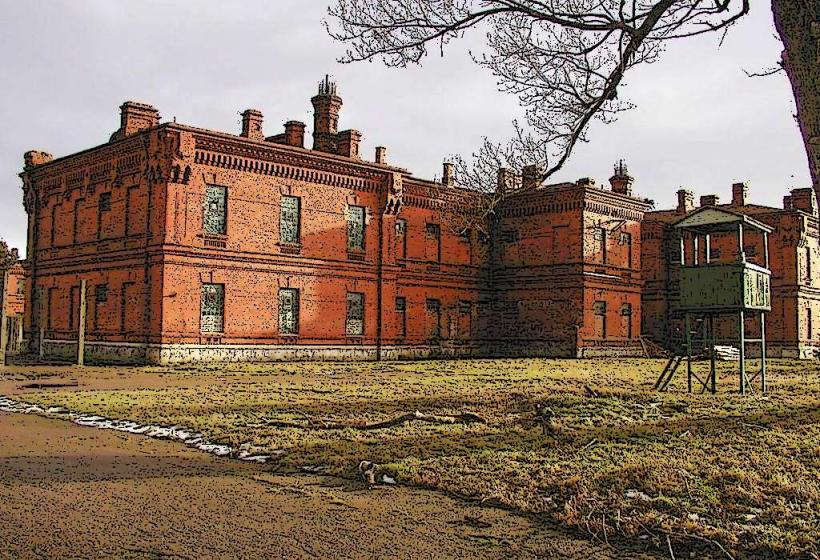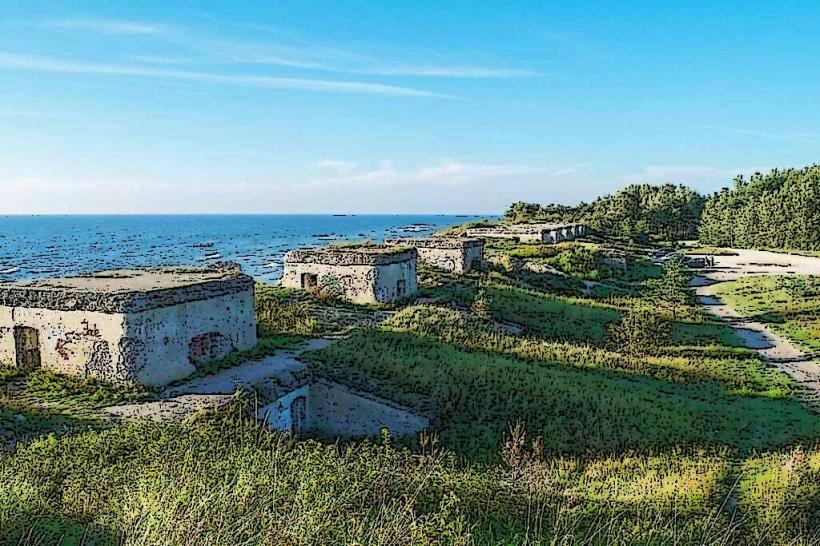Information
Landmark: Liepaja St. Anna ChurchCity: Liepaja
Country: Latvia
Continent: Europe
Liepāja St. Anna Church (Liepājas Sv. Annas baznīca) is a historic Lutheran church located in the city of Liepāja, Latvia. It is one of the oldest and most significant churches in the city, known for its distinctive architectural style, rich history, and central role in the religious and cultural life of Liepāja.
Location and Overview
Location: St. Anna Church is situated in the heart of Liepāja, near the city center. Its central location makes it an easily accessible landmark for both locals and tourists.
Function: The church serves as an active Lutheran place of worship, providing spiritual services to the community and hosting a variety of religious ceremonies, including Sunday services, weddings, and concerts.
History
Foundation: The origins of St. Anna Church date back to the 17th century. The first wooden church on the site was constructed around 1680 and served the growing Lutheran population in Liepāja. Over time, as the city expanded, the need for a larger and more permanent structure became evident.
Construction of the Current Church: The present brick church was built between 1742 and 1746. It replaced the original wooden structure and was designed in the Baroque style, which was popular in Latvia during that period. The church was consecrated in 1746 and became a central part of the city's religious life.
Renovations: Over the centuries, the church has undergone several renovations and repairs to maintain its structural integrity and preserve its beauty. The most notable renovation took place in the 19th century, when the church was restored and enhanced with new interior elements. During the Soviet era, the church was also affected by state policies, but it continued to serve as a place of worship.
Architecture
Exterior: The St. Anna Church is an example of Baroque architecture, with a simple yet elegant design. The church is constructed from brick and features a classic steeple that rises above the city’s skyline. The façade is adorned with neoclassical elements, including decorative arches and columns that add to the church’s stately appearance.
Interior: Inside, the church features a stunning and spacious nave with high ceilings and intricate wooden carvings. The altar is a prominent feature of the interior, designed in the Baroque style with ornate decorations. The church also has stained-glass windows that allow natural light to illuminate the interior, creating a serene and peaceful atmosphere during services.
Organ: One of the standout features of St. Anna Church is its organ, which was installed in the early 20th century. The organ is one of the finest in the region and is used for both religious services and concerts, attracting classical music enthusiasts and visitors who appreciate its historic value.
Religious and Cultural Significance
Active Place of Worship: St. Anna Church remains an active Lutheran church, offering regular services to the local community. It plays a central role in the religious life of Liepāja, with a congregation that participates in weekly worship, festive services, and church-related events.
Concerts and Cultural Events: In addition to its religious function, St. Anna Church is also a cultural venue, particularly known for hosting classical music concerts. The church’s excellent acoustics and historic organ make it a popular location for performances by both local and international musicians. The church frequently hosts organ recitals and classical concerts, making it a cultural hub for music lovers.
Historical Importance: As one of the oldest churches in Liepāja, St. Anna Church is a significant historical and cultural landmark. It has witnessed the evolution of the city over the centuries and has been a focal point for the Lutheran community in the region.
Visitor Experience
Architectural Beauty: Visitors to St. Anna Church can admire its Baroque architecture and the intricate details of the interior decorations. The church’s peaceful atmosphere and grand design provide a sense of history and serenity. It is a popular spot for those interested in architecture, history, or simply seeking a quiet space for reflection.
Cultural Events and Concerts: Those visiting Liepāja can check the church’s event schedule for musical performances, as the church hosts a variety of classical music concerts throughout the year. The church is also an important stop for tourists interested in experiencing Latvian religious traditions and culture.
Accessibility: The church is located in a central area of Liepāja and is easily accessible on foot from many of the city's main attractions. It is open to the public, and visitors are welcome to explore the church during regular visiting hours. Services and concerts are typically open to all who wish to attend.
Conclusion
Liepāja St. Anna Church is a key religious and cultural landmark in the city, offering visitors a chance to explore its Baroque architecture, appreciate its historical significance, and experience its cultural offerings, such as concerts and organ recitals. As an active place of worship and a symbol of the city’s long history, the church remains a central part of Liepāja’s spiritual and cultural life. Whether you are interested in its history, its beautiful architecture, or its musical heritage, St. Anna Church provides a unique and enriching experience for anyone visiting the city.

